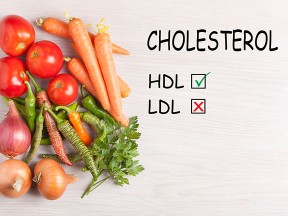Easy and healthy instant meals our physicians love
JAN 17, 2023A Baylor St. Luke’s Medical Group physician provides tips and recipes to help you create simple meals with items you have in your pantry. Get cooking!
Read More Additional information about Easy and healthy instant meals our physicians love




